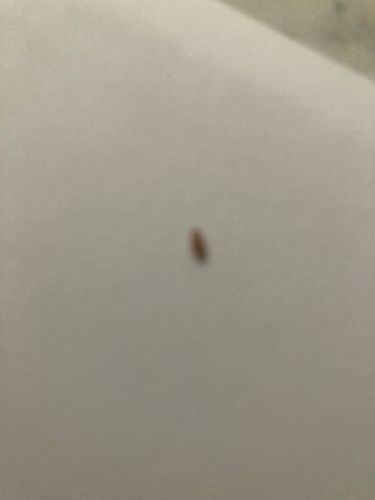Bed Bug
Scientific Name: Cimex lectularius
Order & Family: Hemiptera, Cimicidae
Size: Adults are typically 4-5 mm (0.16-0.2 inches) long, similar to an apple seed. Nymphs (juveniles) are smaller and can be translucent.

Natural Habitat
Found in human dwellings, particularly in beds, mattresses, bed frames, headboards, and nearby furniture, as well as in cracks, crevices, behind baseboards, and under wallpaper. They are highly adaptable and can be found in a variety of environments from homes to hotels, dorms, and public transportation.
Diet & Feeding
Strictly hematophagous, meaning they feed exclusively on the blood of warm-blooded animals, primarily humans.
Behavior Patterns
Bed bugs are primarily nocturnal, feeding on blood while their hosts are asleep. They are very adept at hiding in small cracks and crevices during the day, making them difficult to detect. Females lay 1-5 eggs per day, typically in hidden locations, and a bed bug can live for 6-12 months.
Risks & Benefits
Potential risks include itchy red welts from bites, allergic reactions in some individuals, and secondary skin infections from scratching. Bites can cause significant discomfort and stress, leading to sleep deprivation. While they do not transmit diseases in the same way mosquitoes do, their presence is a nuisance. There are no known benefits of bed bugs to humans or the ecosystem.
Identified on: 8/17/2025